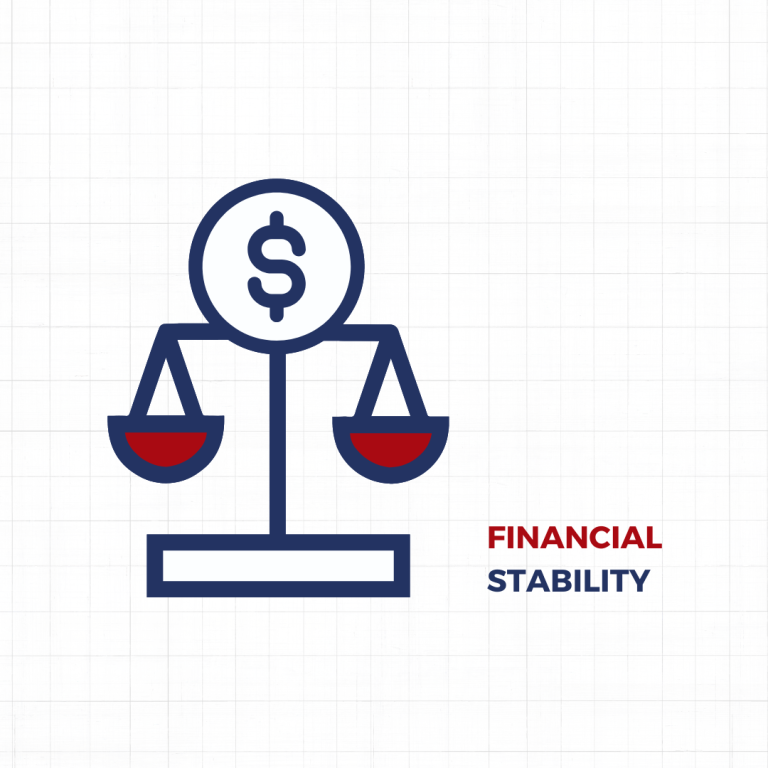As a business experiences growth, it becomes essential to establish a solid financial foundation that can support its expansion while ensuring long-term stability. Rapid growth can bring both opportunities and challenges, making effective financial management crucial. In this article, we will explore key strategies for maintaining financial stability while navigating the exciting journey of business growth.
Create a Detailed Budget and Financial Forecast
A well-structured budget is the cornerstone of financial stability. It provides a clear overview of income, expenses, and anticipated costs associated with growth initiatives. Regularly update your budget to reflect changes and new developments. Additionally, create a financial forecast that outlines potential revenue streams, allowing you to plan for different growth scenarios.
Monitor Cash Flow
Cash flow management is paramount. Keep a close eye on cash inflows and outflows, ensuring that there’s always enough liquidity to cover operational expenses. Maintain a buffer to handle unexpected costs and potential fluctuations in revenue. Efficient cash flow management prevents cash shortages and maintains your ability to invest in growth opportunities.
Manage Debt Wisely
While debt can fuel growth, it should be managed judiciously. Only take on debt that aligns with your growth strategy and can be comfortably repaid. Consider a mix of short-term and long-term debt, and regularly review interest rates and repayment terms. Prioritize paying down high-interest debt to reduce financial burden.
Invest in Technology and Systems
As your business expands, efficient processes become crucial. Invest in technology and systems that streamline operations, reduce costs, and enhance customer experience. Automation can free up resources and improve accuracy, contributing to financial stability.
Build and Maintain Strong Relationships
Cultivate strong relationships with suppliers, customers, and partners. Negotiate favorable terms with suppliers and maintain open communication with customers. Loyal customer relationships and reliable partnerships can provide consistent revenue and support during growth phases.
Continuously Evaluate and Adapt
Regularly assess your growth strategies and financial performance. Be prepared to adapt your plans based on changing market conditions or unexpected challenges. Flexibility and a willingness to adjust course will contribute to long-term stability.
Develop a Contingency Plan
Even with the best strategies, uncertainties can arise. Develop a contingency plan that outlines steps to take during unexpected downturns. Having a plan in place can mitigate potential financial shocks.
Seek Professional Advice
Consider consulting financial advisors or experts who specialize in business growth. They can provide valuable insights, help you assess risks, and guide your financial decisions.
Maintaining financial stability during a period of business growth requires careful planning, adaptability, and strategic decision-making. By creating a strong financial foundation, monitoring cash flow, managing debt wisely, diversifying revenue streams, and investing in technology, your business can achieve sustainable growth while minimizing financial risks. Remember that maintaining financial stability is an ongoing process that requires vigilance and a commitment to prudent financial practices.










